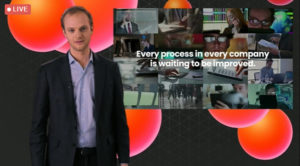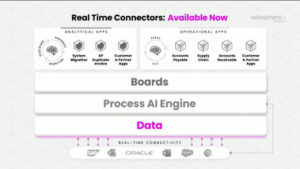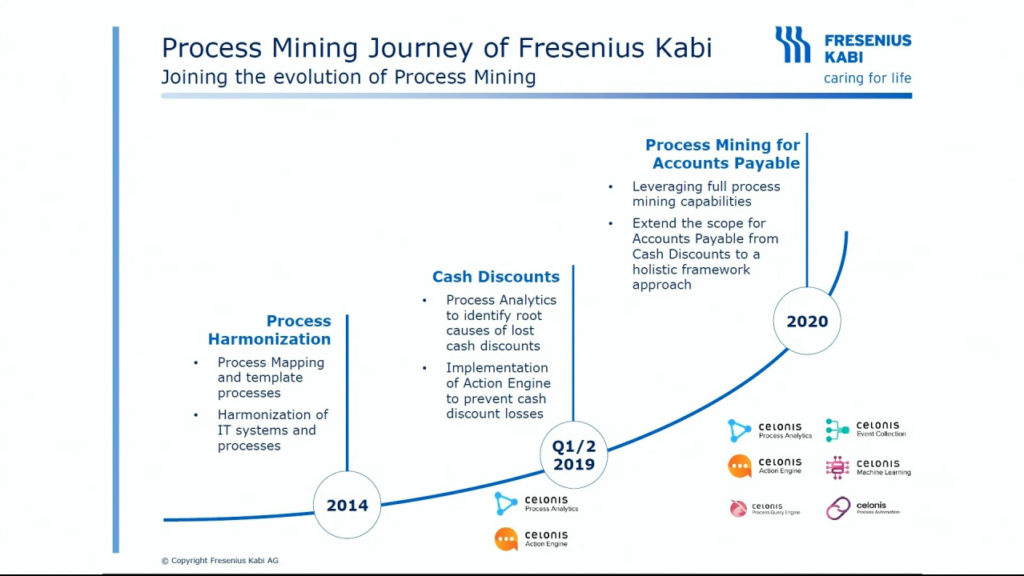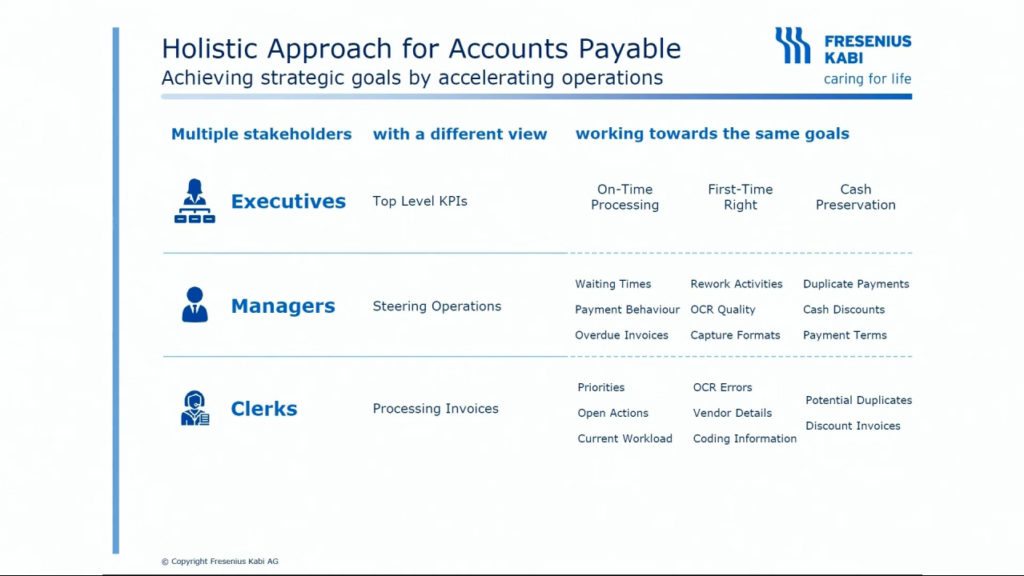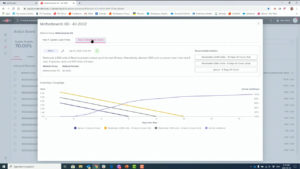I expect to be participating in a lot of virtual vendor conferences over the next months, and today I tuned in to the Celonis CelosphereLive. They are running on European time, with today’s half day starting at a reasonable 9am Eastern North American time, but the next two days will be starting at 4am my time– I may be catching some of the sessions on demand.
We had a keynote from co-CEO Alexander Rinke that included a short discussion with the godfather of process mining, Wil van der Aalst. I liked Rinke’s characterization that every process in every company is waiting to be improved: this is what process mining (aka process intelligence, depending on which vendor is talking) is all about in terms of discovering processes. Miguel Milano, Celonis Chief Revenue Officer, joined him to talk about their new Celonis Value Architects certification program. The fact that this announcement takes such a prominent place in the keynote highlights that there’s still a certain amount of expertise required to do process mining effectively, even though the tools have become much easier to use.
There were also some new product announcements, first around the availablity of their real-time data connectors. This is a direction that many of the process mining vendors are taking, moving from just an analytical process discovery role to more of an operational monitoring process intelligence role. Chief Product Officer Hala Zeine joined Rinke to talk about their connectivity — out of the box, the product connects to 80 different data sources — and their process AI engine that fits the data to a set of desired outcomes and makes recommendations. Their visualization boards then let you view the analysis and explore root causes of problem areas.
Their process AI engine does some amount of automation, and they have just released operational apps that help to automate some activities of of the workflow. These operational apps are an overlay on business processes that monitor work in progress, and display analysis of the state of (long-running) processes that it is monitoring. The example shown is an Accounts Payable operational app that looks at invoices that are scheduled for payment, and allows a financial person to change parameters (such as date of payment) in bulk, which would then push that update back to the underlying A/P system. Think of these operational apps as smart dashboards, where you can do some complex analysis for monitoring work in progress, and also push some updates and actions back to the underlying operational system. These first two apps are already available to Celonis customers in their app store, and tomorrow there will be a session with the CTO showing how to build your own operational app.
To finish off the day we had two product demos/discussions. First was JP Thomsen, Celonis’ VP Business Models, giving a more in-depth demo of their Accounts Payable operational applications. He was joined by Jan Fuhr, Process Mining Lead at global healthcare company Fresenius Kabi, which collaborated on the creation of the A/P operational application; Fuhr discussed their process mining journey and how they are now able to better support their A/P function and manage cash flow. The sweet spot for these operational apps appears to be when you don’t have end-to-end management on your process with another system such as a BPMS: the operational app monitors what’s happening in any core systems (such as SAP) and replaces ad hoc “management by spreadsheet” with AI and rules that highlight problem areas and make suggestions for remediation. They’ve had some great cost savings, through taking advantage of paying within a specified time frame to receive a discount, and optimizing their payment terms.
Last up was Trevor Miles, Celonis’ head of Supply Chain and Manufacturing Solutions, talking about the supply chain operational application: obviously these operational apps are a big deal for Celonis and their customers, since they’ve been the focus of most of these first half-day. Process mining can provide significant value in supply chain management since it typically involves a number of different systems without an explicit end-to-end process orchestration, and can have a lot of exceptions or variants. Understanding those variants and being able to analyze and reroute things on the fly is critical to maintaining a resilient suppy chain. This has been highlighted during the COVID-19 pandemic, where supply chains have been disrupted, overloaded or underused, depending on the commodity and the route.

Process mining is used to generate a digital twin for the supply chain, which can then be used to analyze past performance and use as a point of comparison with current activities. The Celonis operational app for supply chain is about closing the gap between sensing and actions, so that process mining and simulation isn’t just an analytical tool, but a tool for guiding actions to improve processes. It’s also a tool for bridging across multiple systems of the same time: many large organizations have, for example, multiple instances of SAP for different parts of their processes, and need to knit together all of that information to make better decisions.

They finished up with a discussion in the studio between Hala Zeine, co-CEO Bastian Nominacher and CTO Martin Klenk, covering some of the new announcements and what’s coming up in the next two days. I’ll be back for some of the sessions tomorrow, although likely not before 8am Eastern.
A few notes on the virtual conference format. Last week’s CamundaCon Live had sessions broadcast directly from each speaker’s home plus a multi-channel Slack workspace for discussion: casual and engaging. Celonis has made it more like an in-person conference by live-broadcasting the “main stage” from a studio with multiple camera angles; this actually worked quite well, and the moderator was able to inject live audience questions. Some of the sessions appeared to be pre-recorded, and there’s definitely not the same level of audience engagement without a proper discussion channel like Slack — at an in-person event, we would have informal discussions in the hallways between sessions that just can’t happen in this environment. Unfortunately, the only live chat is via their own conference app, which is mobile-only and has a single chat channel, plus a separate Q&A channel (via in-app Slido) for speakers that is separated by session and is really more of a webinar-style Q&A than a discussion. I abandoned the mobile app early and took to Twitter. I think the Celosphere model is probably what we’re going to see from larger companies in their online conferences, where they want to (attempt to) tightly control the discussion and demonstrate the sort of high-end production quality that you’d have at a large in-person conference. However, I think there’s an opportunity to combine that level of production quality with an open discussion platform like Slack to really improve the audience experience.

